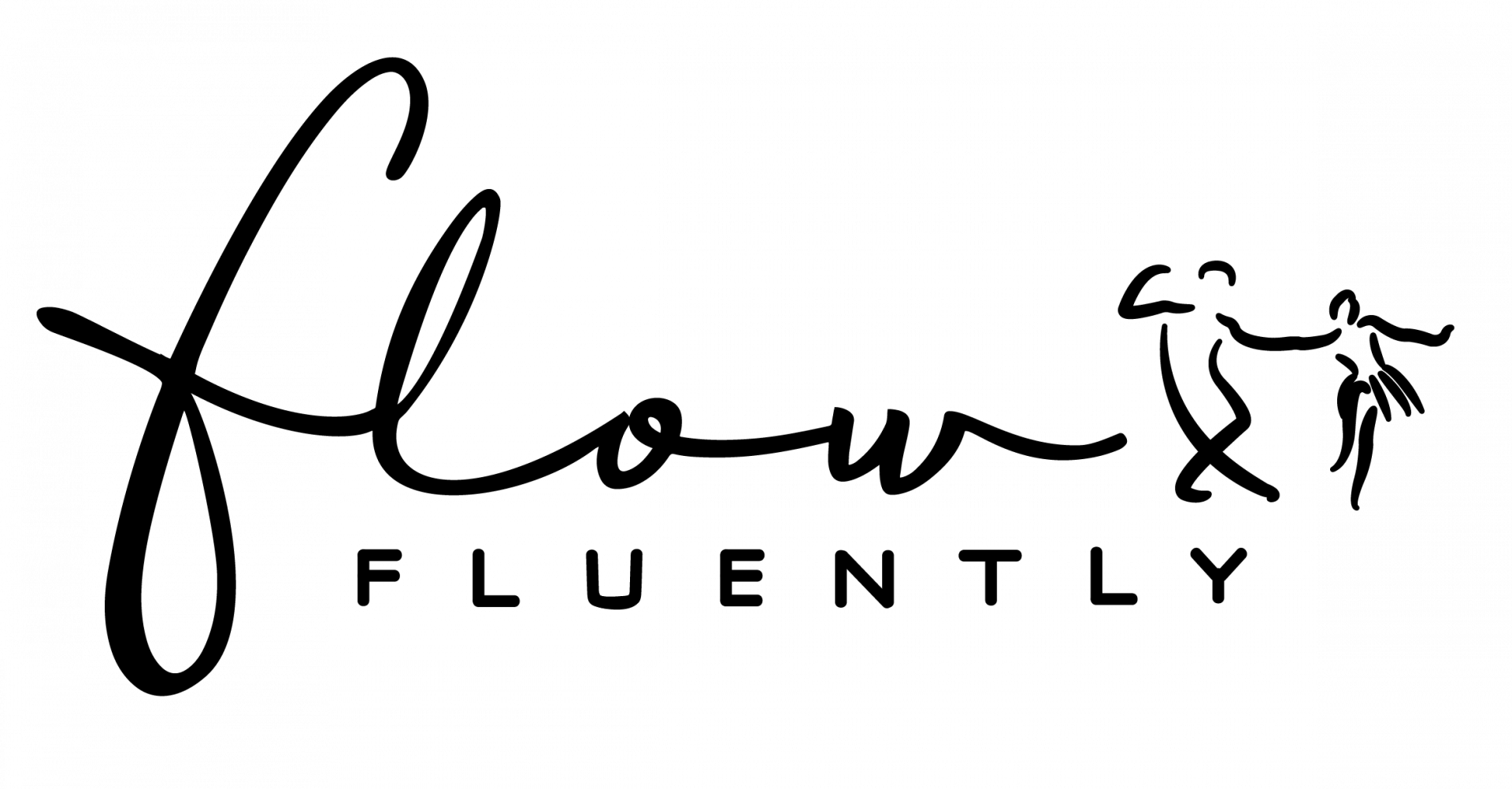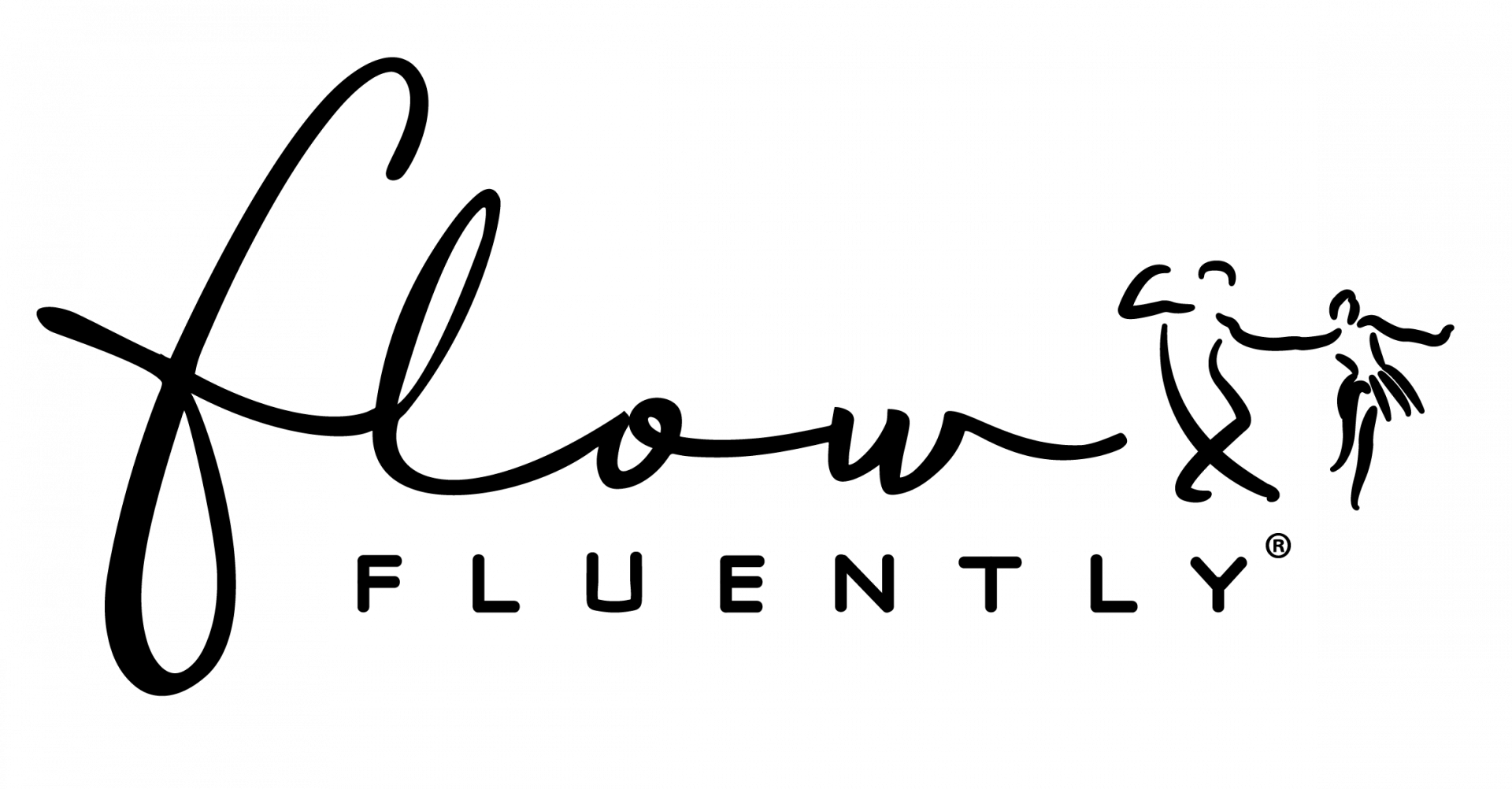NINA’S FLOW DANCE JOURNEY
Being on lockdown for 2+ years, you miss the social aspect of dancing. It is a contact sport. It made me look at other options for working out, so I tried going to the gym- but I still missed that dancer’s high!!
The isolation we felt during the pandemic, even when things started opening up, had changed the whole concept. That social feeling didn’t come back. So I called Michael and said, ‘’I really miss dancing! It’s been really slow going here in Seattle’’, and he said we’d love to have you come visit!”
You don’t need experience. Michael has a program where he can help you feel and articulate movement first- before you get to the dance. So for anyone coming in brand new, it’s a perfect setup!“
It’s definitely not a structured program, there are tips and tricks, but you need to learn with movement.“
"So that’s what Michael is getting the word out on what Flow really is- it’s not some ballroom type of dancing, it’s a more free-flowing type of dancing & movement, and it allows you to be creative, and experience moving every muscle in your entire body. You figure out what feels good for you and move that way!”
“Dancing should be freeing, you shouldn’t be expecting somebody always to lead you while you stand there and wait for instruction. Flow is different where you both can lead and follow because you started with movement. There’s a conversation that’s already happening!”
“Previous to Flow, I did do some Zumba because I loved the Latin music; it’s upbeat and a group setting, so it’s social…but even a Zumba class is very structured. There are certain moves the instructor starts with, and you’re supposed to follow! So we’re back to the same situation where we are still not free!”
It’s proven, it’s science-backed that dancing does help you with a number of things- memory, coordination, lifestyle habits, eating well. When I started dancing with Michael back in 2018 I felt a change!
Traditionally dancing in a partnership, each dancer has a role to play, so if they mess up or miss step they’re gonna be off the beat, they’ll have to stop then the problems with the conflicts kick up. “You missed that step!” Then again, no one’s having fun.
There just needs to be an AWARENESS for people to understand there’s a better way to do this. A much simpler way, a way that’s more creative for you to express yourself. I’m not sure how happy people are if they’re just doing a ballroom dance that somebody else made up with a bunch of steps, and now the two people are looking at each other, trying to remember what comes next, who’s actually having fun?? That just seems like work.
On the contrary, if you look at Flow, we don’t know what song is coming on, you just dance to the beat with each other, you’re laughing you’re smiling, both parties can lead and follow like a regular conversation.
Flow is taking that culture of being engrained in precise steps and flip it, and say, “you don’t have to do it that way to dance!” You can dance by just moving your body.
Creativity develops as you keep exploring different types of movements, and once you have your foundation, you keep building on that.
Flow gives you the freedom to come up with your own creation, all while having fun.


